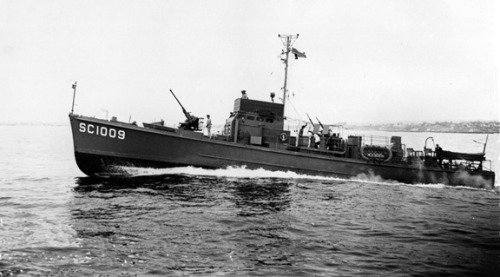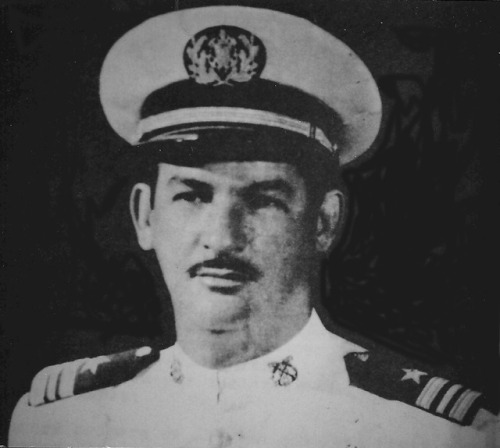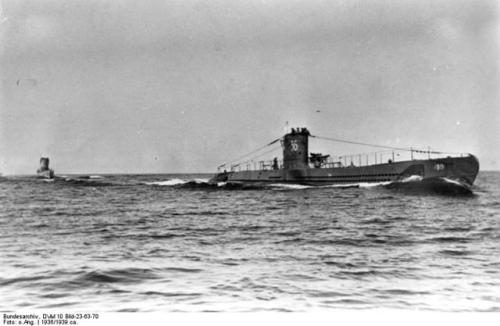The Cuban Navy and the sinking of the U-176, World War IIDuring World War II the Cuban Navy did not
The Cuban Navy and the sinking of the U-176, World War IIDuring World War II the Cuban Navy did not have a large role within the Allied Forces. Mainly the Cuban Navy performed patrols of the Caribbean for U-Boats, conducted rescue missions, and escorted merchant ships. However, during the war Cuba would take part in one notable combat action which would result in the sinking of the German U-Boat, the only kill claimed by the Cuban military during the war.On the 15th of May, 1943 a Cuban and Honduran merchant vessel set sail from the Cuban port of Sagua Grande while escorted by three submarine chasers. The submarine chasers were large speedboats donated to the Cuban Navy by the United States. While small and lightly armed, the boats were perfect for anti-submarine actions as they were very fast, so fast that they could easily chase down a submerged submarine and drop it’s cargo of depth charges on a U-BoatUnbeknownst to the small convoy, the German submarine U-176 shadowed the fleet. Commanded by Korvettencapitan Reiner Dierksen, the U-176 claimed 10 ships sunk throughout it’s career. Among the victims were the Cuban merchant ships Mambi and Nickeliner, resulting in the deaths of 23 Cuban sailors. Capt. Dierksen intended to add two more notches on his periscope and continued stalking the Allied merchant ships.As the U-176 stalked its prey in the Caribbean, the Cuban Navy brought into play the ace up its sleeve, an American Kingfisher floatplane, a special amphibious patrol plane that could takeoff and land in water. From water level a German U-boat could easily hide below the waves, but when viewed from a thousand feet in the air the submarine was a sitting duck.The kingfisher patrol plane spotted the U-176 and dropped a smoke buoy on its position. The submarine chaser CS-13, under the command of Ensign Mario Ramirez Delgado peeled off from the convoy to investigate the area. After making hydro acoustic contact with the U-boat, which was diving to escape attack, Delgado ordered depth charges to be released. The first two charges detonated normally, throwing up columns of white foam and spray. The third charge struck near U-176 with an audible clang at 250 feet. Delgado ordered a fourth depth charge fired immediately. The fourth charge struck directly on U-176’s torpedo room, causing a massive explosion that lifted the submarine chaser’s stern into the air. After the fatal blow the remains of the U-176 sank to the bottom of the Caribbean at a depth of 500 feet, taking all crew with her. A large oil slick confirmed the destruction of U-176, which was conclusively verified after German naval records were captured at the end of the war.For his part in the command of sub chaser CS-13 Ensign Delgado received the Medal of Naval Merit with Distinctive Red (Cuba), the Medal of Congress (United States), and a promotion to the rank of Lieutenant. During the war he charted over 15,000 miles while escorting Allied convoys through the Caribbean. The sinking of the U-176 would be the only combat action Cuba would participate in during World War II. -- source link
Tumblr Blog : peashooter85.tumblr.com
#history#wwii#cuban history#cuban navy#u-boat#submarines#submarine warfare



